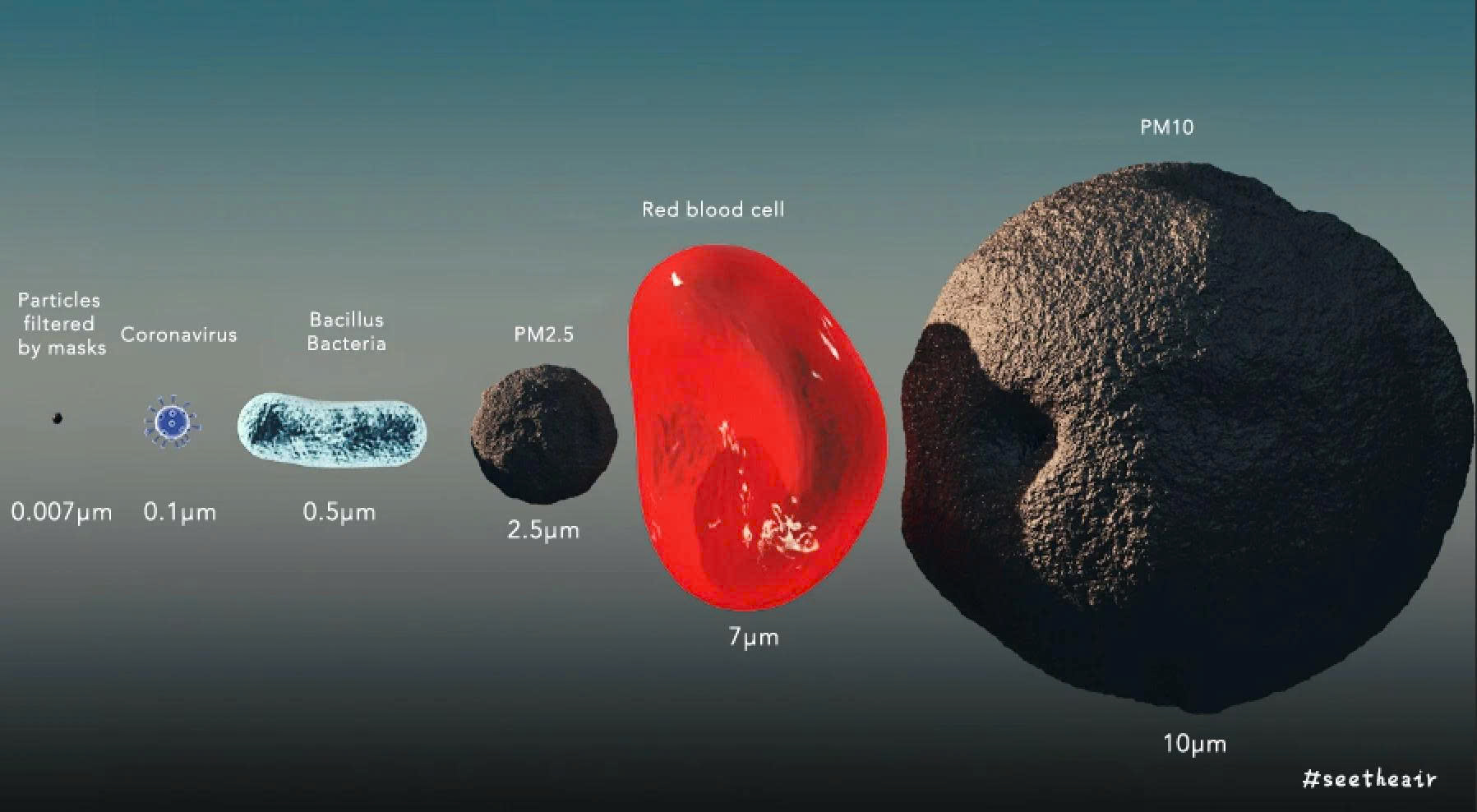Allergic contact dermatitis
Common etiological allergens for allergic contact dermatitis are nickel, balsam of Peru, chromium, neomycin, formaldehyde, thiomersal, fragrance mix, cobalt, and parthenium. Poison Ivy (Toxicodendron, formerly known as Rhus), in the United States, is considered to be the most common cause of allergic contact dermatitis. As much as 50-70% of the adult population is sensitive to poison ivy or poison oak.Once exposed to the skin, urushiol (the allergin responsible for the skin reaction), should be diligently removed by washing the affected area as soon as possible. Studies have shown that washing with regular soap, e.g. Dial, is sufficient and should be done within a 2-hour window. Lỗi giao diện: file 'snippets/shortcode-8.bwt' không được tìm thấy If the patient has not removed the urushiol oil from their skin within the appropriate time frame, high-potency topical steroids may be used to reduce inflammation in early stages, i.e. within 12 hours of exposure.It should be noted that low-potency topical steroids are of little use and even high-potency steroids do not significantly relieve symptoms once vesicles have formed.





